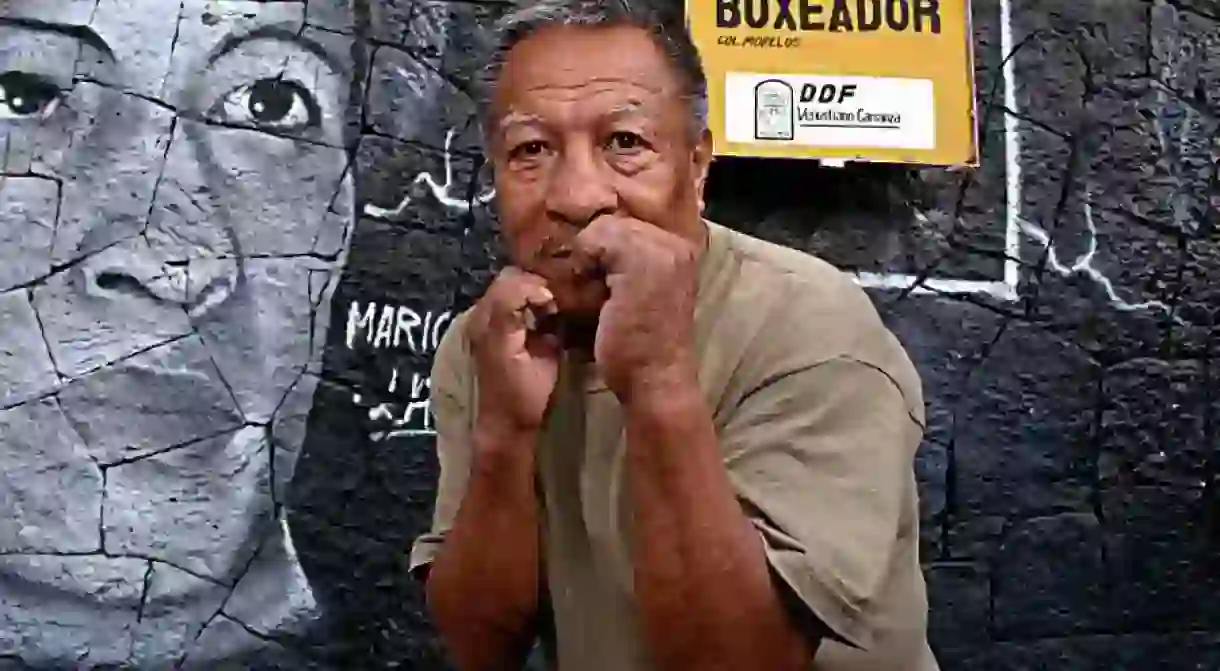Is Mexico City's Tepito Market the Most Dangerous in the World?

Mexico City’s Tepito neighborhood has a long and proud history as a barrio bravo, or fierce neighborhood. That fierceness is on display in the open-air Tepito street market every day (except on Tuesdays, when the vendors rest). Is it the world’s dangerous market? You be the judge.
Tepito, even in pre-Hispanic times, was a poor, working-class neighborhood. The Aztecs forbade the residents of Tepito (which subsisted mostly by fishing in the nearby lakes and canals) from trading in the nearby Tlatelolco market, and so the neighborhood became a kind of secondary market area, for outcasts and thieves. In 1901, when the capital’s government decided to move the city’s biggest pirated and secondhand goods market from the city’s main plaza (the Zócalo), they relocated the vendors to the neighborhood of Tepito, cementing its role as a center of commerce in Mexico City.

In the past five years, the Tepito market, which takes up a network of over a dozen streets just outside of the Centro Historico, has seen its business drop precipitously. One of the reasons for this slowdown is the neighborhood the market is located in, and the market’s reputation as a hangout for thieves and drug dealers. Certain areas of the market sell drugs outright to passing customers, calling out the local nicknames for cocaine, marijuana, and other drugs.

As the day turns into evening, you will find revelers drinking beers in many of the little bars that are set up under tarps, and a good number of them smoking a joint on the sidewalk. An entire system of lookouts keep watch on the market and let dealers know via walkie-talkie whether the coast is clear to go out peddle their trade. Petty thievery exists here too, with many thieves and pickpockets preying on shoppers and tourists.

All that said, the Tepito market is also a wonder of merchandise and delicious Mexican street food. Most visitors who have the sense to keep a low profile have no problems wandering the aisles of the market. Streets to avoid are Jesus Carranza Street, from Bartolomé to the Eje Central 1, and Tenochtitlan Street, from Matamoras to Jesus Carranza. Matamoras Street has the most pedestrian traffic and is the easiest entrance if you are checking out the market for the first time.
This market is no Disneyland. There have been shootings, drug busts, and arrests within its walls. Anyone brave enough to wander through it should be vigilant and aware of their surroundings. At the same time, you will find that below the surface of all the commerce and fierceness is a neighborhood with a very strong connection to its roots and lots of hospitality to offer its customers.













